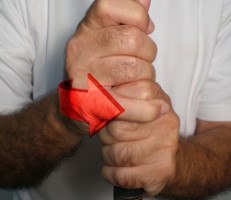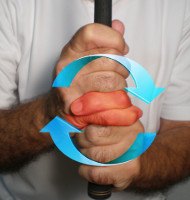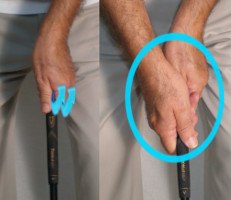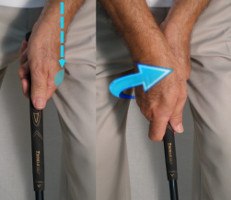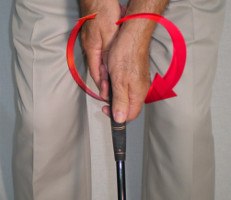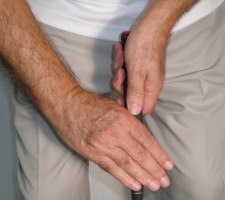Pros and Cons of Every Golf Grip Style |
Best Grip? Overlapping vs Interlocking |
Grip style: Interlocking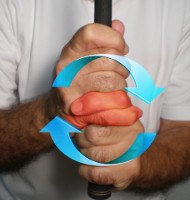 |
Hand position: strong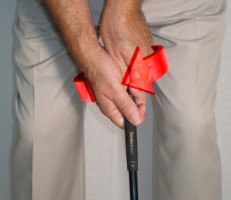 |
Putting grip style / hand position: Reverse overlap / neutral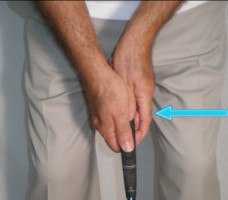
|

There are strong grips, and then there’s Ryan Palmer’s grip. In an era when many top pros turn the hands to the right on the handle, Palmer may be the poster child for ultra-strong grippers.
A face-on picture of Palmer at address shows just how extreme his grip is. The left hand is rotated so far right (away from the target) that the viewer can see every knuckle on the back of the hand. Also note that the “V” between left thumb and index finger points toward Palmer’s right shoulder. That’s pretty darn strong.
Here’s the amazing part – Palmer’s right hand grip is even stronger than his left. With a standard neutral grip, the back of the right hand and wrist will form an angle, or cup, whereas the strong right hand gripper typically shows a straight line between the back of the hand and wrist. Palmer’s right hand is turned so far underneath the handle that his right wrist is actually bowed outward, pointing his thumb/forefinger “V” outside his right shoulder.
That, ladies and gentlemen, is one strong grip.
With putter in hands, Ryan Palmer’s grip is much more conventional. His method isn’t without its quirks, however. For starters Palmer uses the same putter he first put in play at Texas A&M in 1998. (Few tour pros hang on to a piece of equipment for so long.) It’s also a 34” model, one inch shorter than standard and especially short given Palmer’s 5’11” height.
Once into his crouched stance, Palmer makes an exaggerated “forward press,” moving his hands toward the target until his left wrist bows. The technique has worked well in recent years: Palmer ranked among the PGA TOUR’s top 40 in strokes gained putting from 2012-14.
